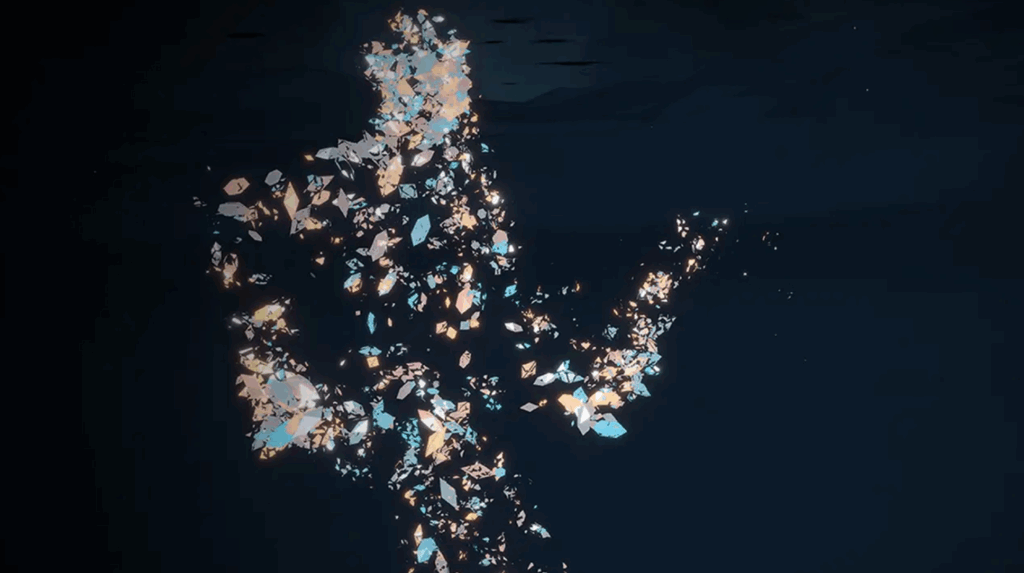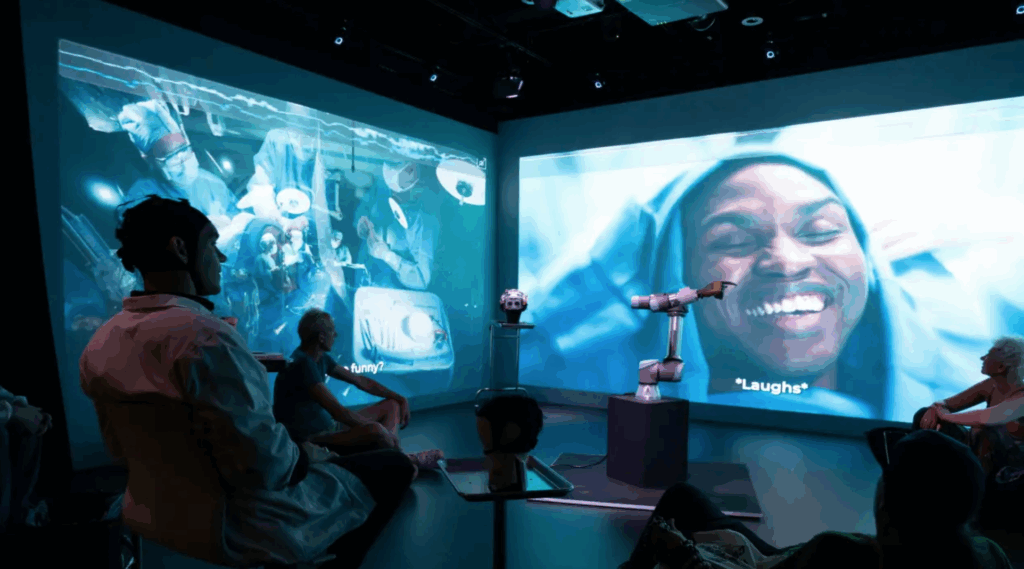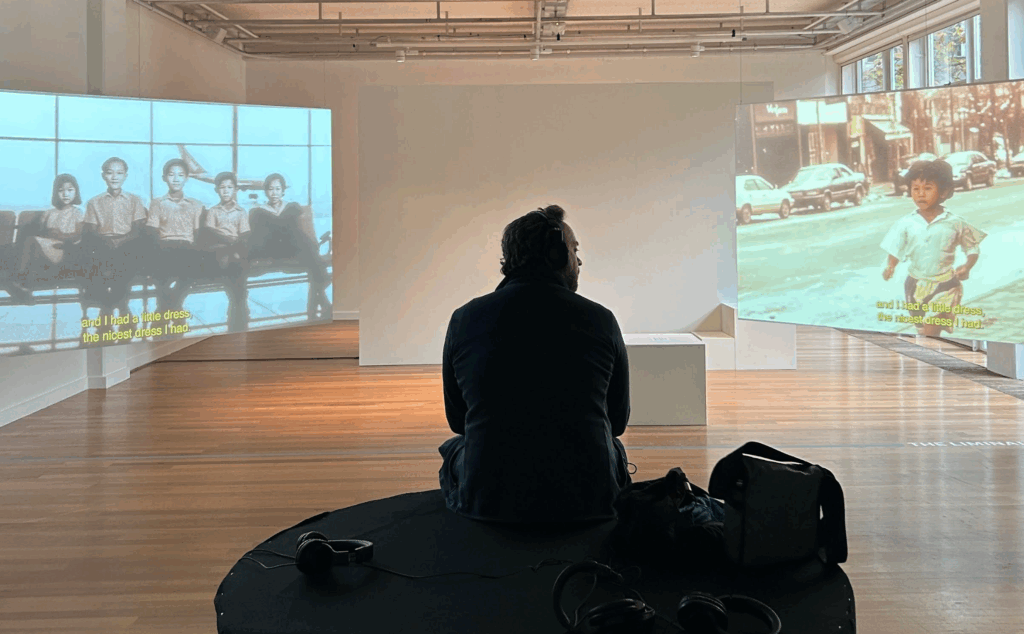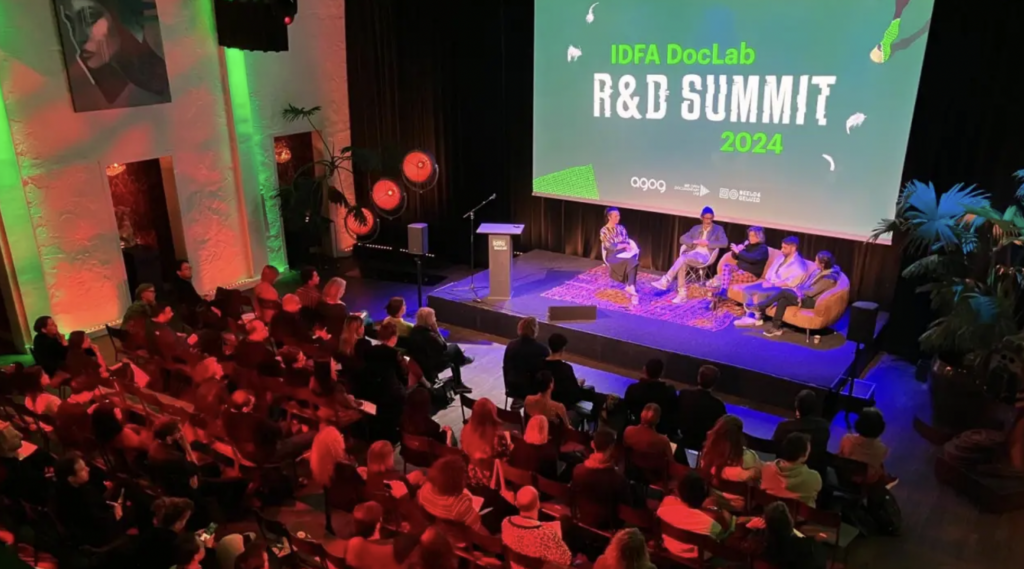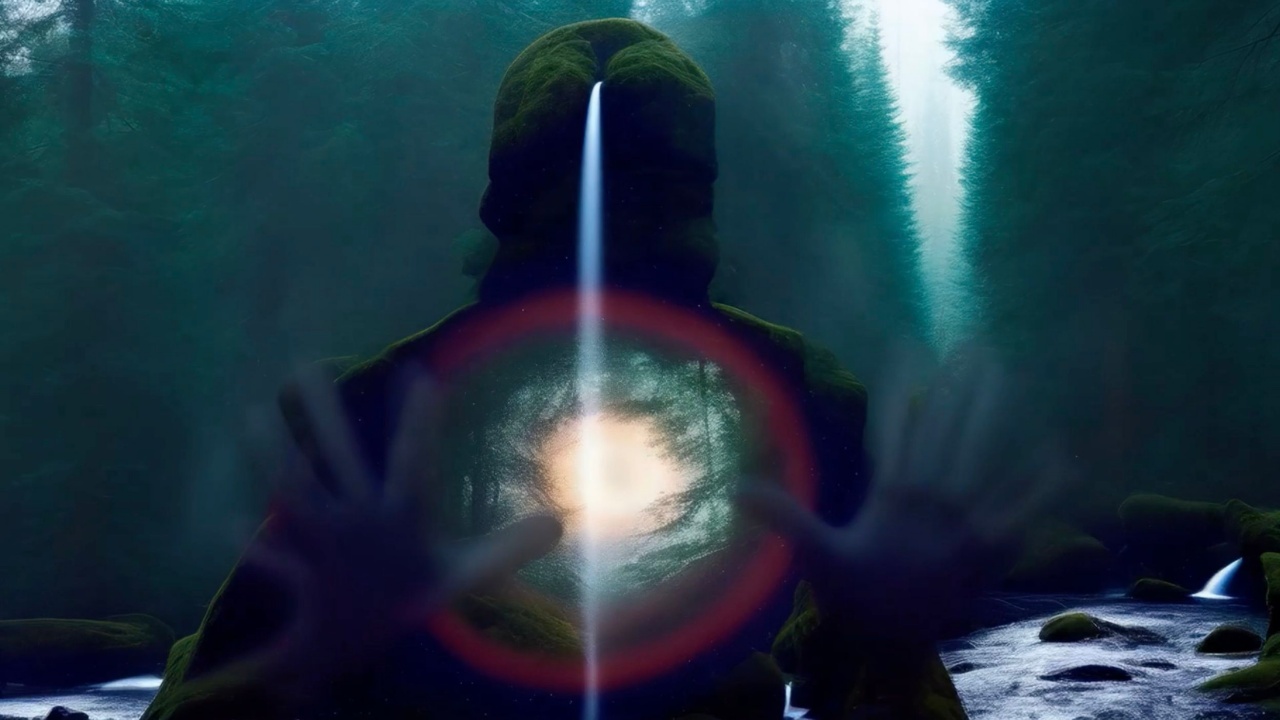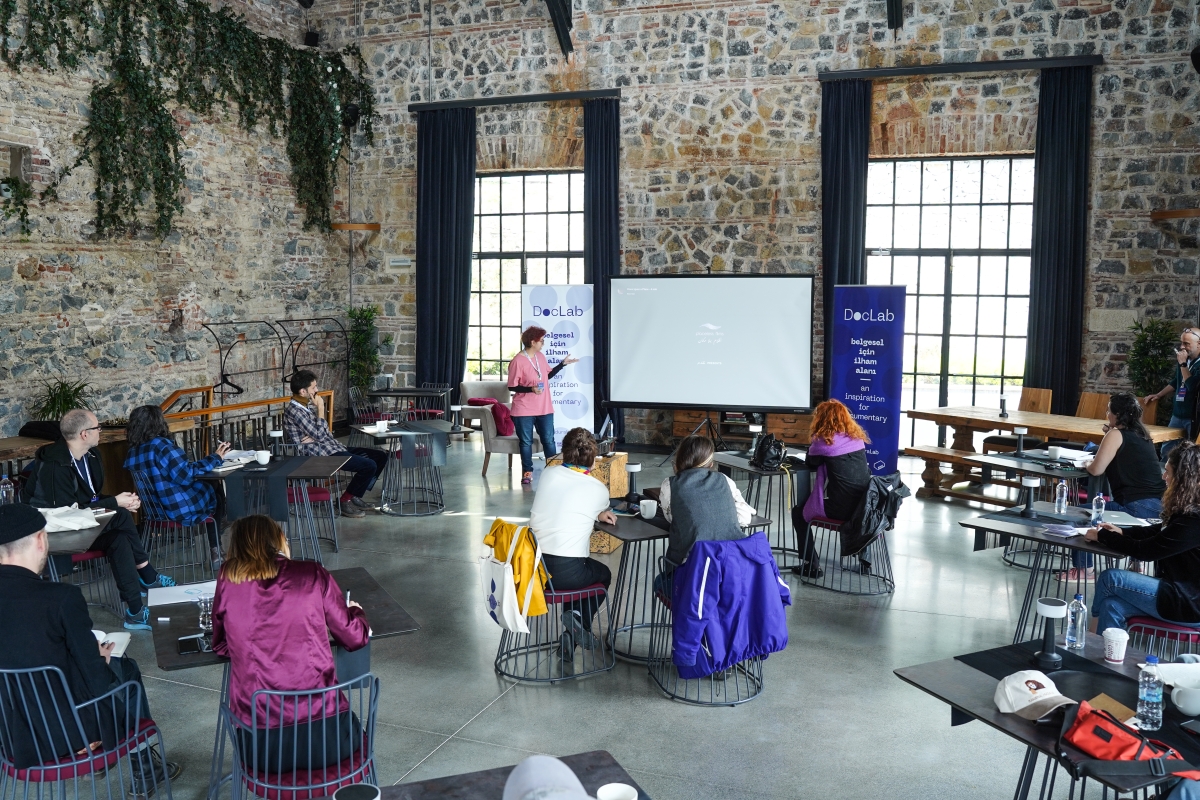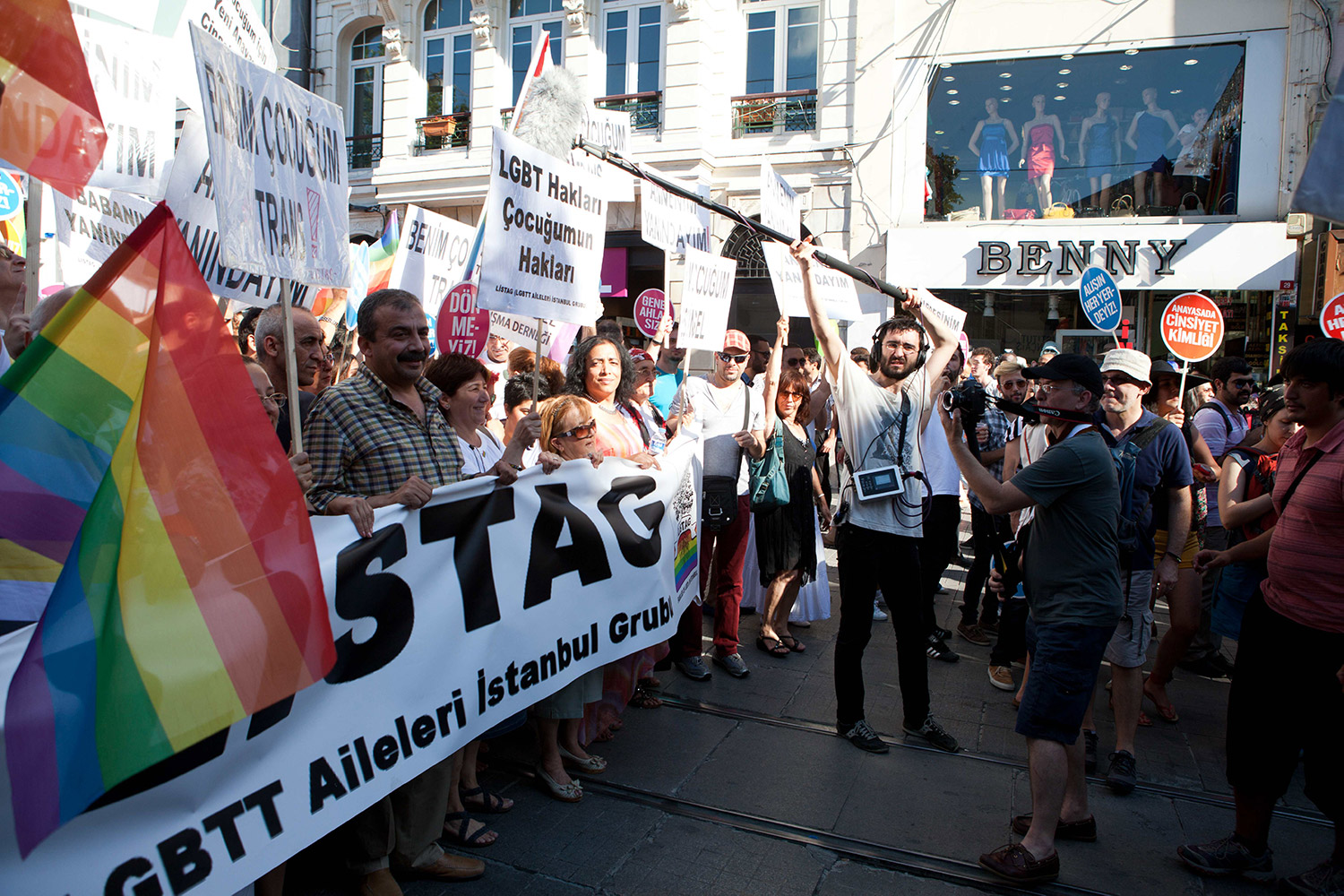I’ll dispense with the musings of year’s end, looking back, etc… and cut straight to the point to offer up the most memorable non-fiction films I saw this year. My list cuts a wide spread across styles and subject matter, but I think the common denominator is that all the filmmakers approach their subjects with a pure desire to tell the story.
Democrats
Camilla Nielsson goes behind-the-scenes of the political process in Zimbabwe in this expertly crafted film about the making of a constitution. She and her editor manage to take a potentially dry subject and make it fascinating, absorbing, and touched with humanity.
Last Days of Freedom
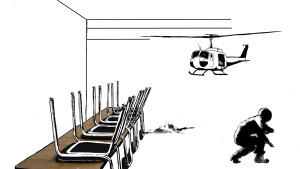
Still from Last Day of Freedom.
The most memorable film of the year for me was this incredible short. Made by two artists, the film combines visceral animation, intricate sound design, and an intimate story in this emotionally powerful journey. It’s the heart-breaking recollections of a man who discovers his brother has committed murder and must decide what to do. Being that I run a short documentary festival, I suppose it’s not surprising that it’s at the top of my list. But it truly rivals any feature for a full, powerful experience. (Directed by Dee Hibbert-Jones and Nomi Talisman)
Heart of a Dog
I don’t love personal films and I don’t love dogs, so it was utterly surprising to me that I was enraptured by Laurie Anderson’s touching essay film. It’s not a traditional narrative, but instead washes over you with imagery, animation, music and, of course, Anderson’s lulling narration.
Cartel Land
In Cartel Land, sometimes you just can’t believe what you’re watching. Director Matthew Heineman says the film unfolds the way that he discovered the story and you can only imagine what it was like to be him as the filmmaker. Cartel Land’s incredible access gives you a different view of the fight against the Mexican drug cartels and gives thought to a big question: who is the good guy?
Spartacus and Cassandra
Ever fall in love with a film? I felt myself doing just that while watching this impressionistic fairytale. Two Roma children are taken in by a young trapeze artist in a circus on the outskirts of Paris, and while it touches on hard aspects such as parents, legality and education, it also celebrates love and imagination. (Directed by Ioanis Nuguet)
Look of Silence
Joshua Oppenheimer’s companion piece to his The Act of Killing is quieter, more intimate, and in my mind, even more powerful. It’s one man’s journey to confront his brother’s killers during genocide in Indonesia. It’s also a testament to the fact that social impact films can be cinematically beautiful.
Tocanda la luz
Charming and thoughtful, this verité film follows the ebbs and flows of life for three blind women in Havana. The women share their lives, fears, loves, and struggles for independence with us. (Directed by Jennifer Redfearn)
P.S. – I define #cinelove as “to fall in love with a film in that way where it captures your heart through its beauty & humanity.”
– Karen Cirillo
